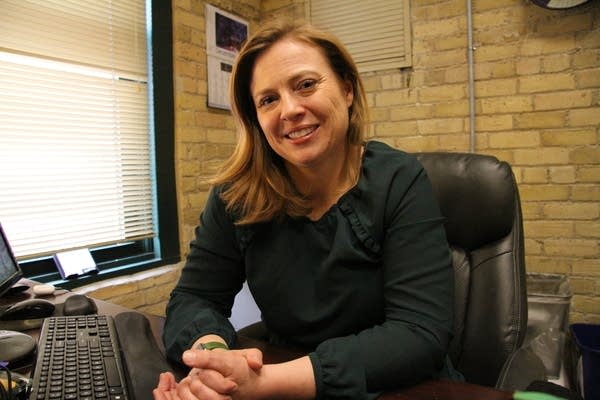Two Minnesota attorneys' trip to the border captures 18-hour standoff with officials

Kara Lynum is a St. Paul-based attorney who volunteered to represent asylum seekers in Mexico in December 2018.
Riham Feshir | MPR News
Go Deeper.
Create an account or log in to save stories.
Like this?
Thanks for liking this story! We have added it to a list of your favorite stories.


